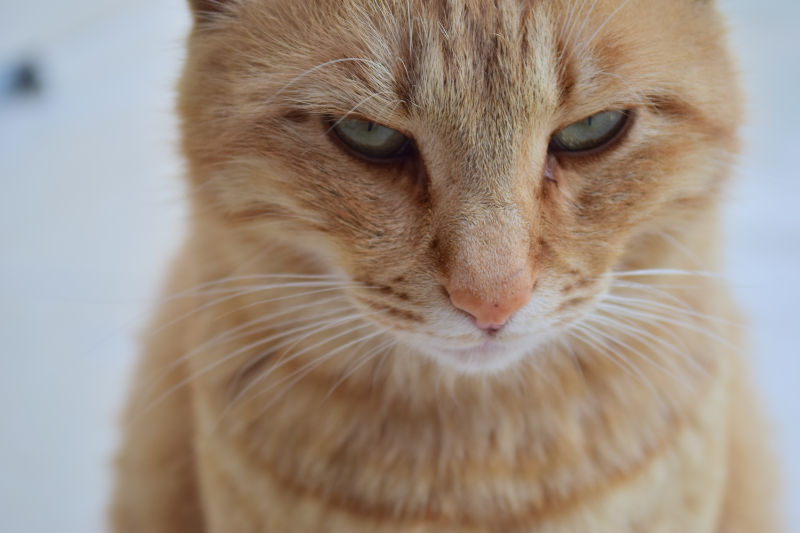Does your cat ever switch from enjoying a cuddle session to swatting and hissing, seemingly out of nowhere? Believe it or not, this is a common feline behaviour known as petting-induced aggression. Some cats respond to petting with aggressive mannerisms such as biting, scratching, hissing, vocalizing, and even growling.
This behaviour is also commonly referred to as overstimulation aggression.
While this seemingly unpredictable behaviour can be frustrating (and even worrisome) for pet owners, rest assured it is a biologically appropriate way of communicating for your cat. In fact, these behaviours demonstrate a cat’s ability to confidently set boundaries around affection time.
Cats have several ways of communicating, but the two main ways they communicate with humans are through vocalizing (meowing, hissing), and through body language.
There are several reasons why your cat may decide they no longer want to be touched. Firstly, it may be due to sensitivity. Repeated petting may feel great for some cats, however others may feel irritated rather quickly. Secondly, your cat may be experiencing pain from a strain or sore spot, and petting could aggravate that pain. Finally, it is believed that cats like to be in control; in this instance they want to control when petting time begins and when it stops.
Dogs are pack animals, and as a result, they tend to enjoy being touched, whether by humans or other canines. This is often seen through sleeping in groups, mouthing, playful behaviours, and more. Cats, on the other hand, have fewer common contact behaviours, and tend to prefer being solo. As a result, petting is not a normal instinctive behaviour for cats, rather it is learned through contact with humans. Because of this (and other factors), some cats adapt to being handled much better than others.
In fact, many cats will let you pet them all day long! However, that is not the case for all felines, often to their owner’s dismay.
There are some warning signs that may indicate your cat is ready for the petting to stop:
- Dilated pupils
- Low growling sounds
- Their skin or tail might begin twitching
- Their body may stiffen and their ears may go back
- They may unsheathe their claws
- Escalating mouthing (biting) behaviours, often accompanied with irritated-sounding vocalizations.
If you notice any of these signs, it’s time to give kitty a break. Pay particular attention to your cat’s ears, as they often act as a behaviour barometer; when the ears flatten to the side or to the back, this is an indication of irritation.
If your cat becomes aggressive during petting time, immediately give them space. Never try to force petting or correct their behaviour, as that can cause further aggression and permanent behaviour problems.
Understanding instinctive behaviours and reading our pet’s body language is essential to establish a truly deep and meaningful bond. Our pets are completely in tune with our body language, mannerisms, and more. Resultantly, our pets often know how we are feeling simply by our body language. We can do the same with our pets – we just have to pay attention to the little details.
Brandon Forder, known as The Pet Expert, is vice-president of Canadian Pet Connection, an industry leader in healthy pet lifestyles. Brandon is certified in pet nutrition, and has more than twenty-five years’ experience specializing in pet health and behaviour. He has written hundreds of informative pet-related articles for newspapers, magazines, radio, and the popular Ask the Pet Expert Blog. Brandon is highly skilled in pet problem solving, and enjoys teaching others about smart and responsible pet ownership. To learn more, visit www.CanadianPetConnection.ca.












